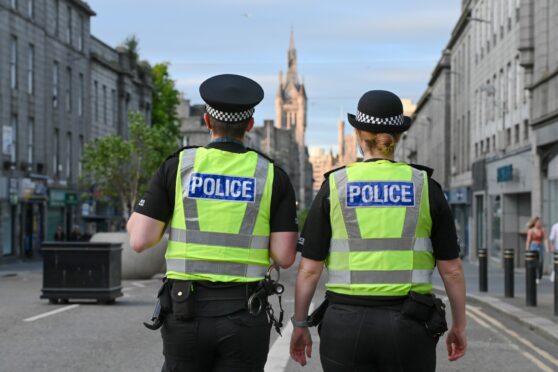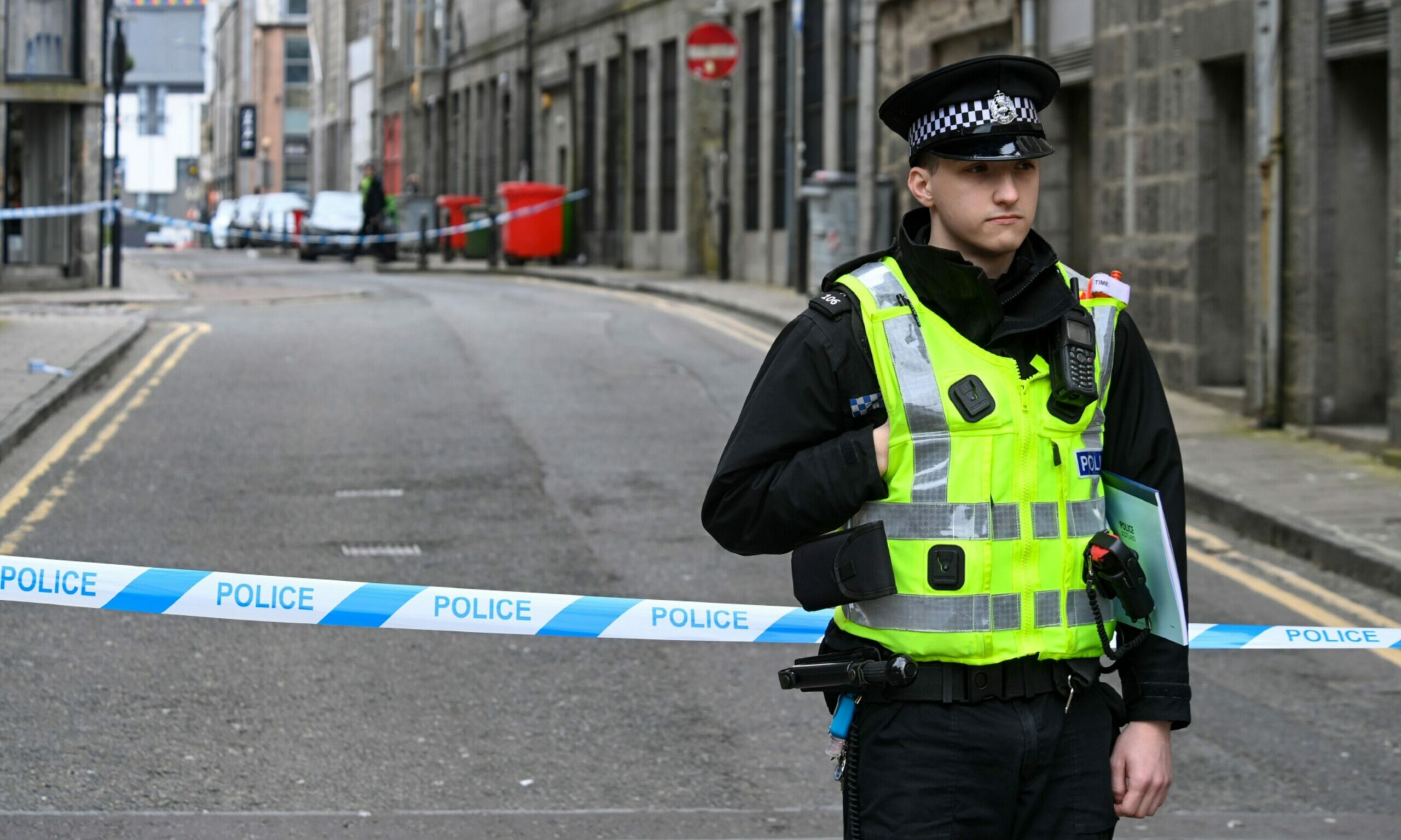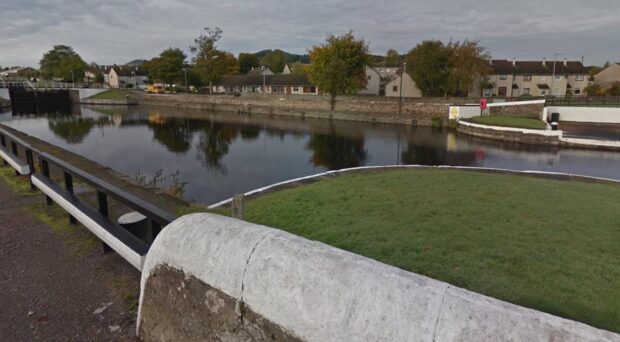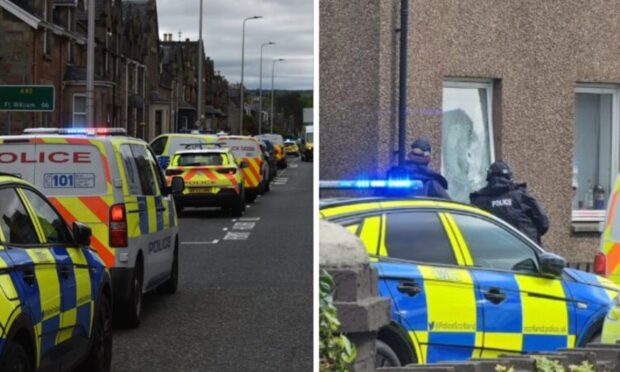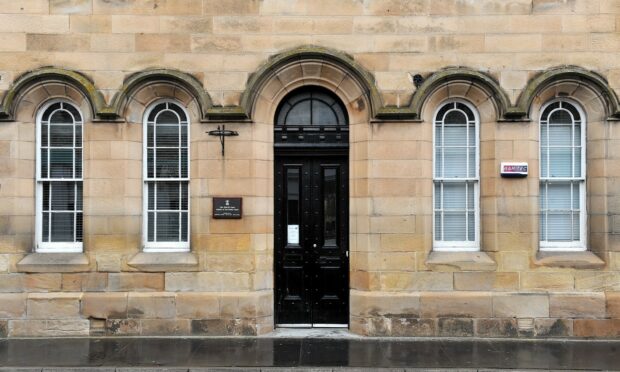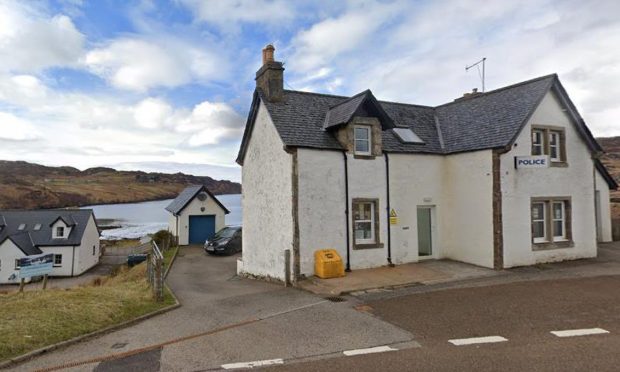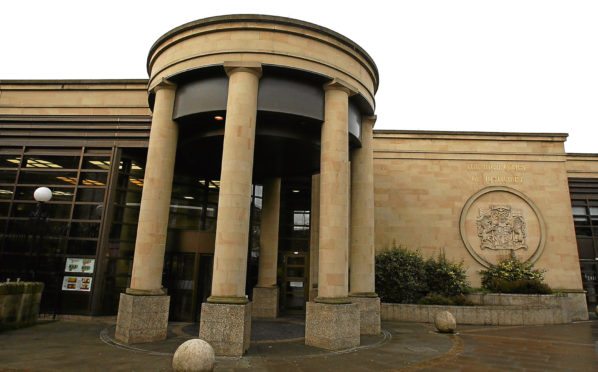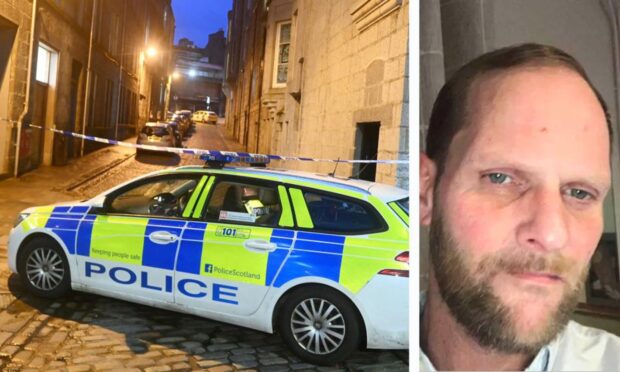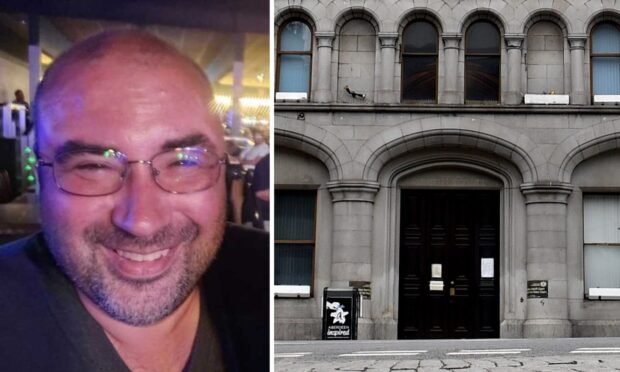If you are reporting a crime in the north-east, you should now find out whether or not it is being investigated more quickly.
It comes as police are testing a different approach to the way certain incidents are managed in the north-east.
At the moment the public may have to wait some time to hear whether their report of a crime or incident is being investigated, but a new approach could inform them of this decision quicker.
The system was previously tested under Grampian Police and worked to good effect, which is why it is now being piloted again in the north-east.
However, concerns have been raised that the scheme will mean less justice for communities.
Why is a new approach being introduced?
The new approach is said to give police officers more time to focus on more serious issues, including responding to emergencies and keeping people safe from harm.
On some occasions, crimes are reported where there is no associated threat or harm and also obvious lines of inquiry for local police officers to investigate.
When this happens, staff will inform the caller that the inquiry has been recorded and a crime reference number will be supplied, but no further action will be taken.
An example could be a theft from a garden. If there is no CCTV or eye witness evidence, then police may just log the incident.
If any risk, harm or vulnerability is identified, police then take the appropriate measures to ensure safety and wellbeing.
Divisional Commander, Ch Supt Graeme Mackie said: “The pilot process will enable local police officers to focus on those crimes that have proportionate lines of inquiry and potentially enable them to give more time to local concerns and priorities in the area.
“We also know that sometimes people simply want to report a crime and we want to provide that service efficiently.
“Please continue to report crime in your area. Local officers will continue to review closed reports to enable them to map local crime trends and this may mean an inquiry is re-opened and investigated.”
Will communities still get justice?
Concerns have been raised the new system exposes how stretched police officers across the north-east are.
In April it was revealed there are 16,600 officers across Scotland, the lowest number since 2008.
North East MSP Liam Kerr said: “Victims of crime expect some level of investigation by the police — some hope for justice.
“But due to crippling cuts by the SNP government, officer numbers are stripped to the bone.
“In the last year alone, the north-east has seen 39 police cut from the front line.
“This move, well intentioned though it may be, tells us there just aren’t enough officers to do everything that’s asked of them.
“But control rooms can’t always take a view on which crimes are worth looking into. That’s a decision that sometimes needs hyper-local knowledge and experience to assess.”
